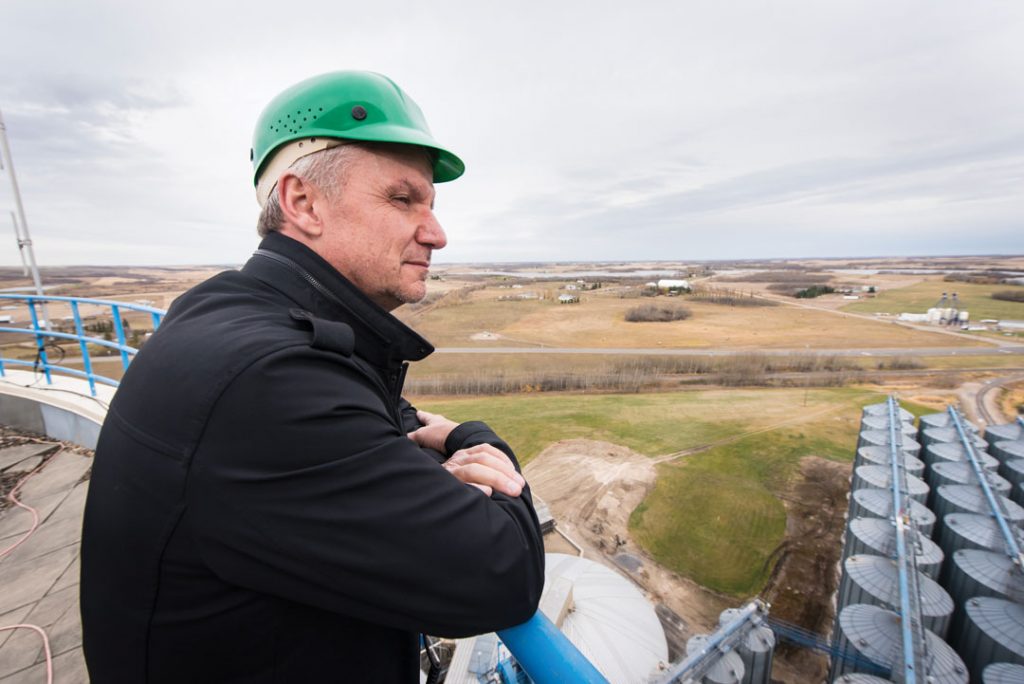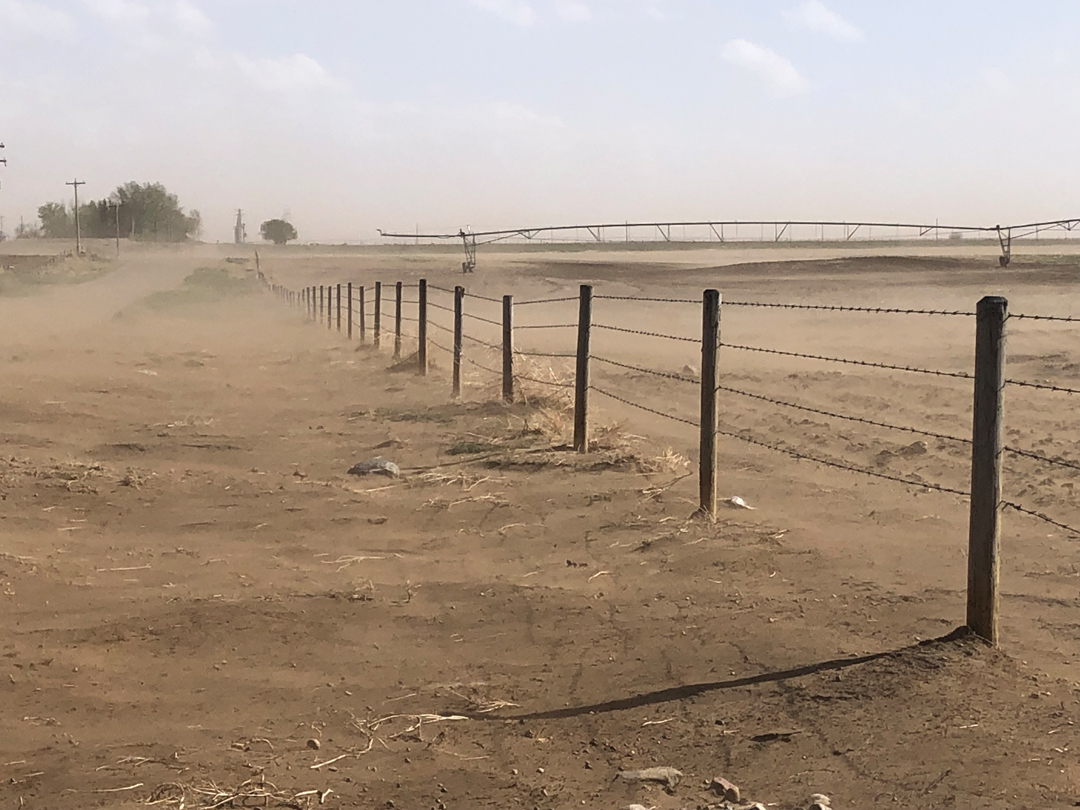MAN IN THE MIDDLE
ENJOYING THE VIEW FROM THE HEART OF THE BARLEY-TO-BEER CHAIN
BY ELLEN COTTEE
Kevin Sich is a true brewing industry middleman. He loves the vantage point this gives him as co-operation between farmers, maltsters and brewers has grown in recent years thanks to craft beer’s surging popularity. His position as supply chain director for Rahr Malting Co. has allowed him to watch barley markets change and mature.
GrainsWest: What are your job duties?
Kevin Sich: I make sure there’s enough barley, set pricing and act as liaison between operations and the malt sales. If there’s something going on with a brewer and there’s feedback, it’s usually coming to me, and then I take it back to the farm gate. I’m able to go see farmers and I’ve also been able to attend beer festivals and meet brewers. You don’t get many jobs that allow you access to both vendor and customer.
GW: What changes have you seen in the malting industry over the last decade?
KS: The industry became much more transparent. When I started, there was a lot of secrecy. There wasn’t a lot of collaboration. It’s been a positive change.
GW: What made that change possible?
KS: The end of the Canadian Wheat Board was a huge step. It brought buyers and sellers closer. You can start sending them true market signals. Then you can open up and start bringing our customers (the brewers) and introduce them to our vendors (our farmers), and you start having that three-way relationship. A lot of farmers see themselves as a big part of the craft brewing partnership; they’ve really taken ownership of it.
GW: Has the craft beer industry changed how farmers engage with the end user?
KS: The craft guys really want to understand where their products come from. It’s no different than a consumer who goes to a farmers market to buy vegetables because they want to see the farmer who grows them. We have the best barley in the world here, and the craft guys realize that, and they really want to know the farmers.
GW: What makes Alberta barley some of the best in the world?
KS: Alberta has the right climate for growing barley. We have the hot summer days and cool nights, which is really ideal for malt barley production. Cooling down at night helps a lot with disease packages.
GW: How does Rahr ensure it is sourcing the highest-quality barley?
KS: All our acres are under contract and we manage them, so to speak. We have two full-time agronomists who work with our producers on best management practices. We’re not out there telling farmers we’re better at it than they are, but we’re there to give free advice and coach them.
GW: Was Rahr affected by the harvest issues in 2016?
KS: Oh yes. We adjusted our moisture specs because our growers were having a tough harvest, and if we didn’t, it would have stayed in the field. We started telling our growers getting to the end of September and October, if your barley is anywhere near dry, take it, and if we can deal with it, we will. We tried to do our part.
Of course, we have to watch our quality parameters. There were some rejections, but everybody knew what was going on. It just wasn’t a great year.
GW: Is it ever difficult to balance the interests of farmers with those of brewers?
KS: Sometimes, because you do create a personal relationship. Most times, I feel even if you can’t take the guy’s barley, he feels you were actually trying for him. That’s the benefit to a hands-on relationship, because you can talk to them and tell them what’s going on. Ten years ago, that didn’t happen as often. The farmer just heard his barley was rejected and that doesn’t go over well.
GW: Rahr’s Chinook Arch Growers program with the Lagunitas Brewing Company is one of your most well-known programs. How did it come to be?
KS: At the end of the Canadian Wheat Board, Lagunitas wanted to meet some farmers. When the free market started, they came up to Canada. I arranged a meeting and brought five local farmers, and it was born. I didn’t realize that day what was happening, I was just told this brewer wanted to talk to farmers.
Little did I know they were making a sales pitch to the growers, asking them to grow under contract. It was the first contract of its kind, and we were proud to make it happen. As Lagunitas became a powerhouse in the craft brewing industry, it was a great synergy because they needed more barley, so we brought more accounts on.
We do have other brewers with three-year contracts, you just don’t hear quite as much about them. The farmers are loving it because they’ve got a profitable price for their barley for the next three years.
GW: Can you tell us about Rahr’s
traceability program?
KS: In 2010, we were the first malt company in Canada to have one. We said we want a total trace on the crop from seeding to harvesting. We wanted to know all the pesticides and fertilizers used. We were also trying to establish best management practices. Why are certain producers better at growing malt? We’ve seen things get more uniform and consistent. We can go to all our brewers and say, “Hey, we know pretty much right to the field where your product is coming from.” That’s powerful stuff.
GW: What excites you the most about the future of barley in Alberta?
KS: Malt barley is really taking hold as a specialty crop. In the past, we saw barley acres declining in Canada, and there has been a lot of doom and gloom about barley. By capturing that specialty crop and all the little niches and quirks of the market, you can be doing these three-year contracts with craft brewers and you can be doing one-offs here and there. There are not many other crops you can do that with. It took a while to get moving because barley was not a sexy crop. Now a lot of farmers will come to meetings and say “Hey, I’m a malt barley grower,” and they’re proud of it because they’re growing a specialty crop. That’s what I find rewarding.








Comments